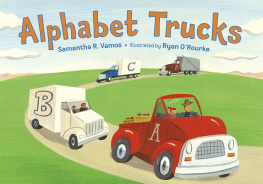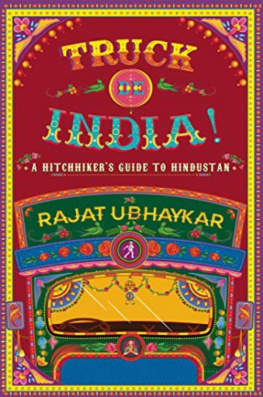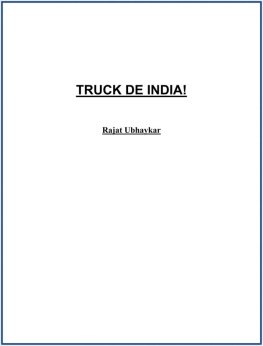Vijay Mahajan - Digital Leapfrogs: How technology is reshaping consumer markets in India
Here you can read online Vijay Mahajan - Digital Leapfrogs: How technology is reshaping consumer markets in India full text of the book (entire story) in english for free. Download pdf and epub, get meaning, cover and reviews about this ebook. year: 2022, publisher: HarperBusiness, genre: Politics. Description of the work, (preface) as well as reviews are available. Best literature library LitArk.com created for fans of good reading and offers a wide selection of genres:
Romance novel
Science fiction
Adventure
Detective
Science
History
Home and family
Prose
Art
Politics
Computer
Non-fiction
Religion
Business
Children
Humor
Choose a favorite category and find really read worthwhile books. Enjoy immersion in the world of imagination, feel the emotions of the characters or learn something new for yourself, make an fascinating discovery.

- Book:Digital Leapfrogs: How technology is reshaping consumer markets in India
- Author:
- Publisher:HarperBusiness
- Genre:
- Year:2022
- Rating:4 / 5
- Favourites:Add to favourites
- Your mark:
Digital Leapfrogs: How technology is reshaping consumer markets in India: summary, description and annotation
We offer to read an annotation, description, summary or preface (depends on what the author of the book "Digital Leapfrogs: How technology is reshaping consumer markets in India" wrote himself). If you haven't found the necessary information about the book — write in the comments, we will try to find it.
In north India, Laxman, a truck driver, takes great pride in his work. Earlier in the day, he had driven his truck to the Pataudi hub, exchanged trailers and was able to drive back to Jaipur--about 250 kilometres and four to five hours each way. Unlike other truck drivers in India, he had more free time and could go home, rather than stay on the road for days on end. He works for a company called Rivigo that uses digital technologies to create what it calls relay as a service which makes it possible for drivers to relay trailers from hub to hub, allowing them to stay within a certain distance of their home and spend more time with family. In Kerala, Genrobotics, a start-up, has created Bandicoot, a 50-kg spider-like robot designed to shimmy down manholes and extract the waste that clogs sewers. Working wirelessly, it can do in twenty minutes what two or three manual scavengers would do in three to four hours, ensuring safety and efficiency.
In the aftermath of Covid-19 pandemic, the Indian governments digital platform, COWIN, is helping ensure vaccination of the worlds largest democracy with maximum efficacy. The platform has now been made open source for all countries to adapt and use. Every day it becomes all too obvious how critical a role these technological innovations will play in the continued emergence of developing countries and the 86 per cent of global consumers who work, shop, play, live and dream like consumers anywhere else in the world.
Backed by comprehensive data and extensive research covering over 150 organizations, Digital Leapfrogs illustrates how these technologies are changing markets and lives throughout the developing world--from its upscale urban neighbourhoods to its downtrodden slums and its far-flung rural farming regions. Understanding the nature and power of these platforms and technologies will reveal critical insights into how they can transform entire economies, open vast new market opportunities and enhance the welfare of billions of people.
Vijay Mahajan: author's other books
Who wrote Digital Leapfrogs: How technology is reshaping consumer markets in India? Find out the surname, the name of the author of the book and a list of all author's works by series.












